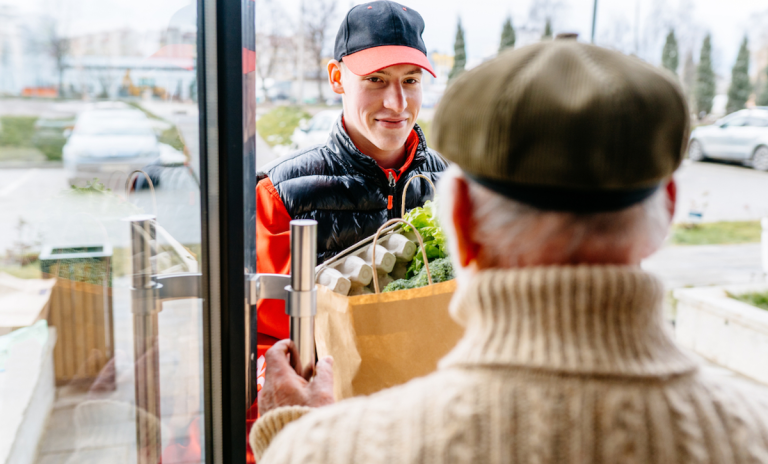Co-op Teams With Walmart to Expand Online Grocery Offering

Great Britain’s Co-op is teaming with Walmart to expand its online grocery offering.
The cooperative convenience store network announced Friday (July 5) that it will work with Walmart Commerce Technologies to implement its online fulfillment technology, “Store Assist.”
“Growing our share of the quick commerce market is our focus through both our own online shop and with strategic partners,” Co-op Head of Online Development George Hayworth said in the announcement.
“Our approach is centered on ease, speed and convenience from our local stores, which are well placed in the heart of communities.”
The company says this new technology will help the company reach its ambition of capturing more than one third share of the quick commerce (QComm) market.
Walmart Commerce Technologies Store Assist, Co-op said in a news release, lets retailers manage pickup, third-party marketplace, ship-from-store and last-mile delivery orders from a single platform.
“This streamlined omni-channel fulfillment workflow will enhance in-store processes and operations, remove the need for colleagues to switch between quick commerce apps or different devices, and allows for faster delivery times — enabling Co-op to better serve its member-owners and customers,” the company said.
The partnership comes amid the warmer months, when many grocery shoppers are shifting away from eCommerce and back to physical stores, as PYMNTS wrote recently.
Melissa Myres, director of insights at grocery giant Kroger’s retail data science, insights and media subsidiary 84.51°, said in an interview here that many grocery shoppers spend more time in physical stores during the warmer parts of the year.
“That could be for a variety of reasons,” Myres said. “It’s lighter longer. They might have a schedule where it’s easier for them to find time. They don’t maybe have to worry about weird weather conditions … We’ve got more foot traffic heading to the brick-and-mortar side of the [grocery] world.”
She added that grocery shoppers’ summer buying preferences are merging with their overall inflation-related budgeting decisions, leading many consumers to purchase food to grill at home rather than going out to a restaurant. This has helped contribute to an increase in meat sold in the last 12 weeks “mostly driven by units,” with shoppers buying more meat per purchase.
Inflation has many consumers looking for alternatives to dining out. The PYMNTS Intelligence study “Consumer Inflation Sentiment: Inflation Slowly Ebbs, but Consumer Outlook Remains Gloomy” found that nearly 8 in 10 consumers have been eating at home more often to cut costs amid inflation.
For all PYMNTS retail coverage, subscribe to the daily Retail Newsletter.

